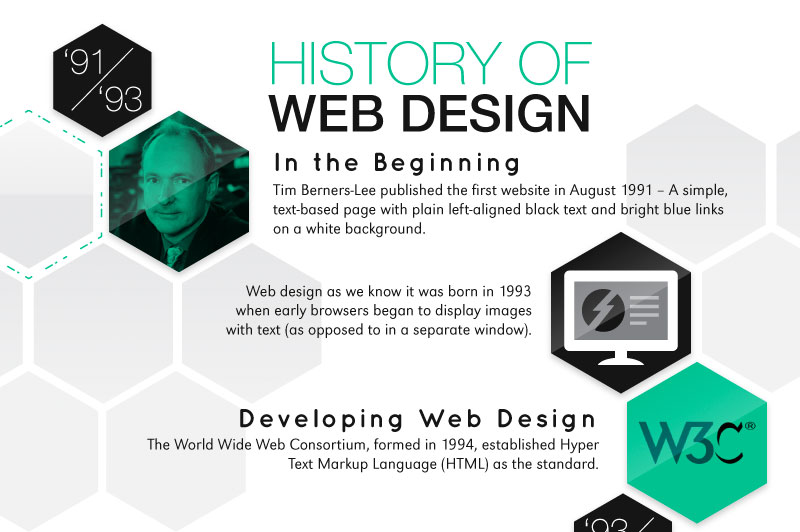Website Style Basics: Tips For Building A User-Friendly Site
Website Style Basics: Tips For Building A User-Friendly Site
Blog Article
Writer-Aguirre Skinner
When it involves internet site design, guaranteeing user-friendliness is essential. From receptive layout to streamlined navigating, every aspect plays an essential function in producing a website that satisfies your target market's demands. However what regarding https://damienmhbvq.topbloghub.com/40494796/maximizing-web-experiences-focusing-on-mobile-first-style that can make or damage a customer's surfing experience? Stay tuned as we uncover some often-overlooked suggestions that can boost your internet site's usability to the next level, making it genuinely stand out in the electronic landscape.
Importance of Responsive Style
Responsive layout is a critical element of modern website development. Guaranteeing your website is responsive methods that it can adjust to various display sizes and tools, offering a seamless experience for users.
With the boosting use smartphones and tablet computers to access the net, having a responsive design is vital for reaching a wider audience. It assists in enhancing individual experience by making your website very easy to navigate and read on any kind of gadget.
In addition, receptive style can favorably impact your internet search engine positions, as search engines like Google prioritize mobile-friendly websites. By having a receptive style, you're also future-proofing your website, as new gadgets with differing display dimensions remain to emerge.
Simplify Navigating Structure
To enhance individual experience and promote easy access to info on your website, streamlining the navigating framework is vital. When developing your website, concentrate on creating a clear and instinctive navigating menu that helps visitors discover what they're looking for swiftly.
Limit the variety of food selection products to the basics, grouping relevant pages together to avoid frustrating customers. Use detailed labels that plainly show the web content of each web page, making it easier for customers to understand where each web link will take them.
Take into consideration implementing dropdown menus for subcategories to avoid littering the primary navigating bar. In addition, include a search bar prominently on the web page for individuals who like searching for particular details.
Prioritize mobile responsiveness in your navigation layout to make sure simple accessibility on all tools.
Maximize Web Page Tons Speed
Improving page lots speed is crucial for keeping site visitors on your site. Slow-loading pages irritate customers and can result in high bounce rates. To optimize web page lots speed, start by maximizing images. Press photos without endangering quality to reduce their data sizes.
Additionally, make it possible for browser caching to store regularly accessed resources in your area, quickening tons times for returning site visitors. Minify CSS, JavaScript, and HTML documents by getting rid of unnecessary characters, remarks, and format, enhancing lots rate.
Think about using a material distribution network (CDN) to disperse your site's web content throughout several web servers worldwide, minimizing latency for individuals accessing your website from various areas. Finally, limit https://telegra.ph/The-Advancement-Of-Web-Design-Then-And-Currently-04-02 of third-party manuscripts and plugins, as they can significantly influence tons times.
Conclusion
Finally, by integrating receptive style, simplifying navigating, and maximizing web page tons rate, you can develop an user-friendly internet site that interest a wider audience and improves individual experience. These essential elements ensure that site visitors can easily accessibility and navigate your website across various tools, causing raised interaction and complete satisfaction. By concentrating on these key elements, you can develop an effective site that keeps users coming back for more.
